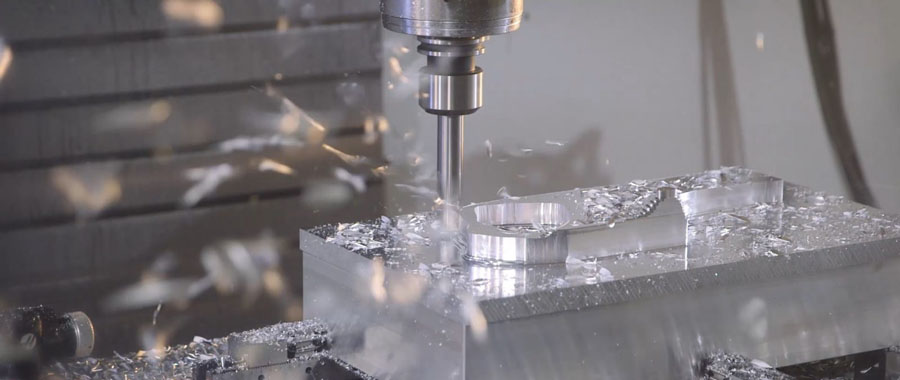In the rapidly advancing world of electronics manufacturing, precision, efficiency, and innovation are paramount. Manufacturers must produce intricate and complex electronic components with high accuracy and consistency, all while meeting demanding timelines and cost targets. In this context, CNC (Computer Numerical Control) machining has emerged as a crucial technology, playing a pivotal role in the production of electronic devices. In this article, we will explore the significant role of CNC machining in electronics manufacturing.
One of the primary contributions of CNC machining in electronics manufacturing is its ability to produce highly precise and intricate components. With the aid of computer-controlled machines, manufacturers can achieve incredibly tight tolerances and produce complex geometries that are vital in electronic devices. Whether it’s printed circuit boards (PCBs), connectors, or housings, CNC machining enables the creation of intricate designs with the utmost accuracy. This precision ensures the proper functioning and reliability of electronic components, minimizing the risk of performance issues or failure.
CNC machining offers remarkable flexibility in terms of material selection for electronic components. From metals like aluminum and stainless steel to various plastics and composites, CNC machines can work with a wide range of materials commonly used in electronics manufacturing. This versatility allows manufacturers to choose materials based on specific requirements such as conductivity, thermal properties, or weight considerations. CNC machining also facilitates the production of customized components tailored to the unique needs of electronic devices, further enhancing their performance and functionality.

Efficiency is another critical aspect of CNC machining in electronics manufacturing. With advanced automation and computerized control, CNC machines can operate continuously, 24/7, optimizing production schedules and reducing overall cycle times. This rapid production capability is especially vital in the fast-paced electronics industry, where time-to-market is crucial. By minimizing production lead times, CNC machining enables manufacturers to meet tight deadlines, fulfill customer orders promptly, and stay competitive in a rapidly evolving market.
CNC machining also offers significant cost advantages in electronics manufacturing. Through precise material removal and optimized machining processes, manufacturers can minimize waste and maximize material utilization, reducing material costs. CNC machines are programmable, allowing for efficient nesting of multiple components on a single workpiece, further reducing material waste. Additionally, the automation and repeatability of CNC machining help minimize labor costs, improve process efficiency, and enhance overall cost-effectiveness in electronic component production.
The adaptability of CNC machining is particularly valuable in electronics manufacturing, as it allows for rapid prototyping and design iterations. By using CNC machines, manufacturers can quickly produce functional prototypes, test their designs, and make necessary modifications without incurring significant time delays or costs. This iterative process enables engineers and designers to refine their designs, optimize performance, and ensure product functionality before proceeding to full-scale production.
In conclusion, CNC machining plays a crucial role in electronics manufacturing, facilitating the production of precise, intricate, and customized components. With its ability to work with a variety of materials, optimize production efficiency, and provide cost-effective solutions, CNC machining has become an indispensable technology in the electronics industry. As the demand for smaller, more sophisticated electronic devices continues to grow, CNC machining will continue to evolve, enabling manufacturers to meet the industry’s evolving needs and drive innovation in electronics manufacturing.


